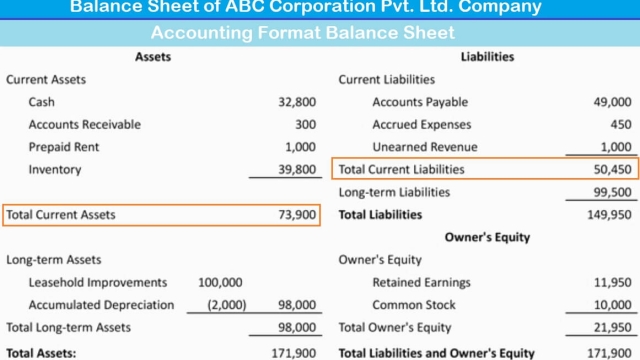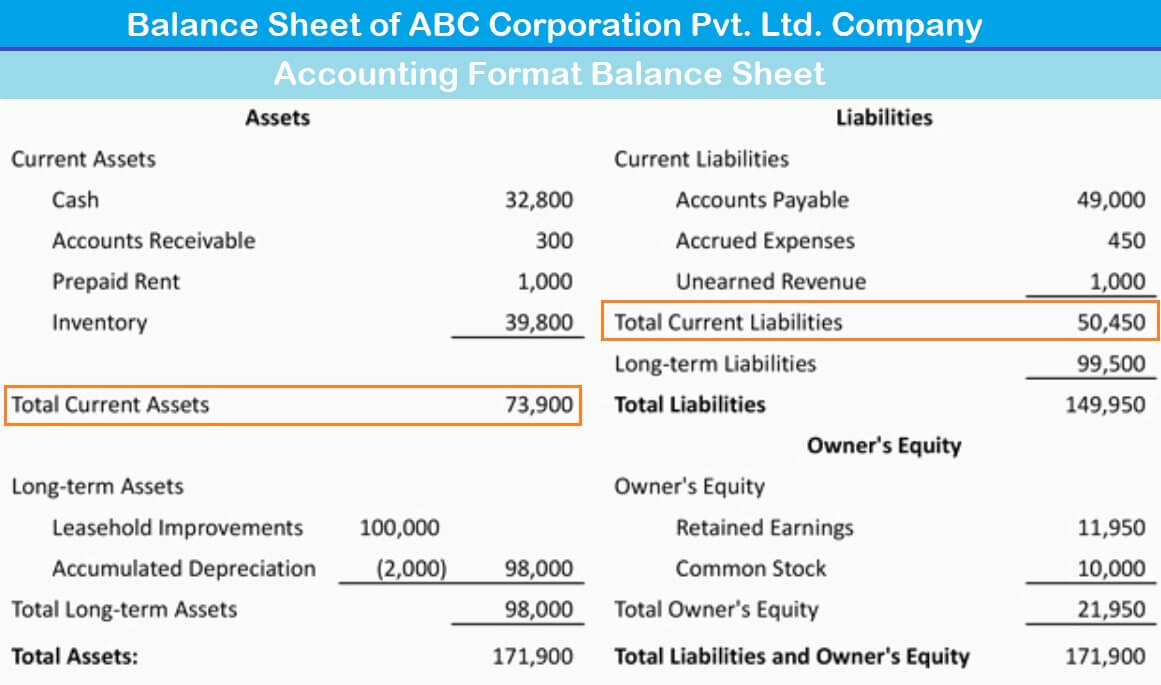
The Art of Trading: Mastering the Market
Trading finance online has become increasingly popular in recent years, attracting individuals from all walks of life who are looking to enter the exciting world of financial markets. With the advancement of technology and the convenience provided by online platforms, trading has become more accessible than ever before. But how does online trading work? In this article, we will explore the art of trading and delve into the intricacies of online trading, enabling you to understand the essential principles and mechanics behind this dynamic market. Whether you are a beginner or an experienced trader, mastering the market requires a solid foundation of knowledge and a keen understanding of how to navigate the online trading landscape. So, let’s embark on this journey together and unlock the secrets of successful trading in the digital age.
Introduction to Online Trading
Online trading has revolutionized the way finance operates, providing individuals with the opportunity to embark on investment journeys from the comfort of their own homes. With just a few clicks, anyone can enter the exciting world of trading and participate in the global financial markets. But how does online trading actually work?
Firstly, online trading platforms serve as the gateway to the markets, allowing users to access a wide range of financial instruments, such as stocks, currencies, commodities, and more. These platforms provide real-time market data and interactive charts, enabling traders to make informed decisions based on current market trends.
To engage in online trading, users typically open an account with a brokerage firm. This account acts as their interface to the trading platform and serves as the repository for their funds. Once the account is funded, traders can start buying and selling securities and other assets.
The process of online trading involves placing orders through the trading platform. Traders can choose between various order types, such as market orders, limit orders, and stop orders, depending on their desired execution strategy. The platform then communicates these orders to the relevant marketplaces, where they are executed and recorded.
Online trading offers a wide range of benefits, such as convenience, accessibility, and the ability to monitor and manage investments in real-time. However, it is important for traders to be aware of the risks and challenges involved. Proper research, risk management strategies, and continuous learning are essential for success in the dynamic world of online trading.
Section 2: Mechanics of Online Trading
In the world of finance, online trading has revolutionized the way individuals participate in the financial markets. This form of trading allows investors to buy and sell various financial instruments, such as stocks, bonds, and currencies, through internet-based platforms provided by brokerage firms.
To engage in online trading, individuals must first open an account with a brokerage firm that offers online trading services. Once the account is set up, the trader can access the firm’s trading platform through a computer or mobile device. These platforms provide a user-friendly interface that allows traders to view real-time market data, place buy or sell orders, and monitor their trading activities.
When it comes to executing trades, online trading operates on the principle of matching buyers and sellers. When a trader decides to buy a financial instrument, they submit a buy order on the platform, specifying the quantity and price at which they are willing to purchase. Similarly, when a trader wants to sell, they submit a sell order. The trading platform then matches the buy and sell orders based on the prevailing market prices and executes the trade.
Online trading platforms also provide traders with essential tools and resources to aid their decision-making process. These tools include charts, indicators, and analysis software that help traders analyze market trends, identify potential trading opportunities, and make informed investment decisions.
In conclusion, the mechanics of online trading involve opening an account with a brokerage firm, accessing a trading platform, submitting buy or sell orders, and utilizing tools for market analysis. By mastering the mechanics of online trading, individuals can leverage technology to participate in the financial markets conveniently and efficiently.
Section 3: Strategies for Successful Online Trading
Develop a Clear Plan
CentralPlusFinance

To succeed in online trading, it is imperative to have a well-defined plan. A clear plan sets the foundation for making informed decisions and minimizing impulsive actions. Start by setting specific goals and objectives that align with your financial aspirations. Determine the amount of capital you are willing to invest and establish a risk management strategy to protect your investments. Additionally, devise a detailed trading schedule to ensure consistent participation and monitor market trends that may impact your investments.
Conduct Thorough Research
Successful online traders understand the importance of staying informed about the assets they wish to trade. Before jumping into any investment, conduct extensive research to gain a comprehensive understanding of the market, industry trends, and potential risks. Keep track of financial news, market reports, and expert analysis to stay up to date with the latest developments. Analyze historical price data, charts, and technical indicators to identify patterns that can guide your decision-making process. By being well-informed, you can make more prudent trading decisions.
Practice Risk Management
One crucial aspect of successful online trading is implementing effective risk management strategies. While it can be tempting to pursue high returns, it is vital to acknowledge and manage the inherent risks associated with trading. Avoid investing more capital than you can afford to lose and diversify your portfolio to minimize potential losses. Set clear stop-loss and take-profit orders to automatically close positions and secure profits. Regularly review your risk tolerance and adjust your strategies accordingly. By prioritizing risk management, you can protect your investments and enhance your chances of long-term success.



